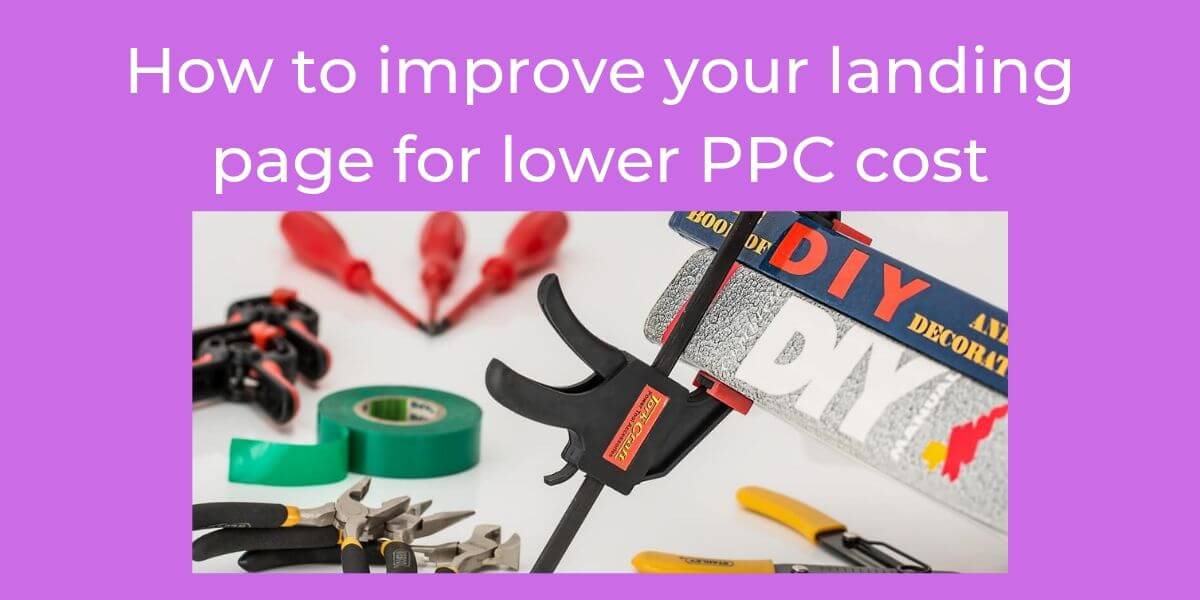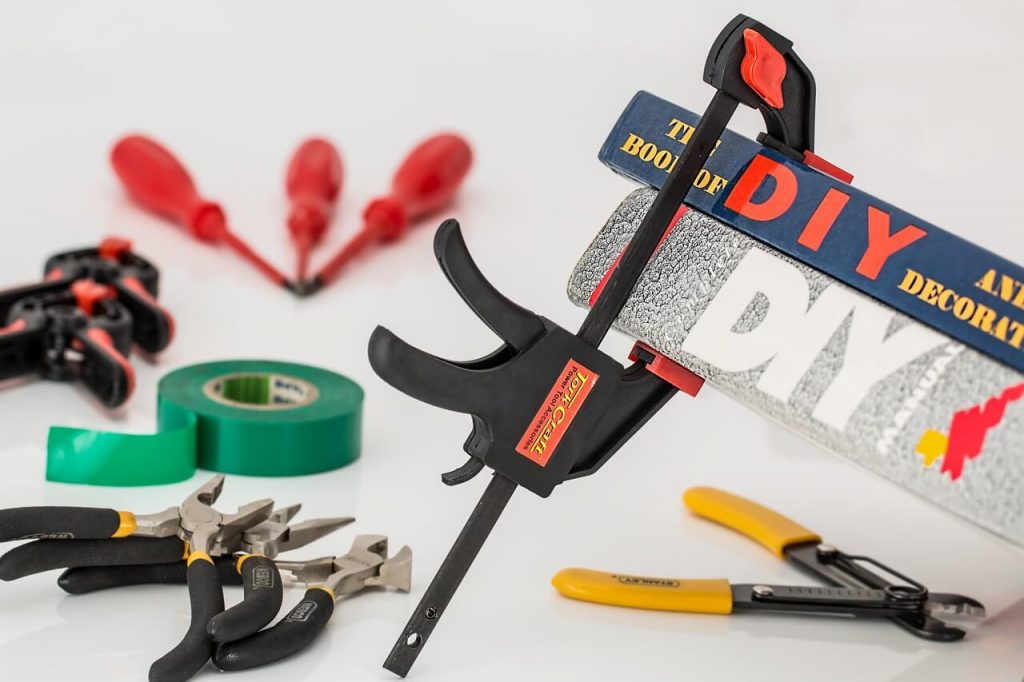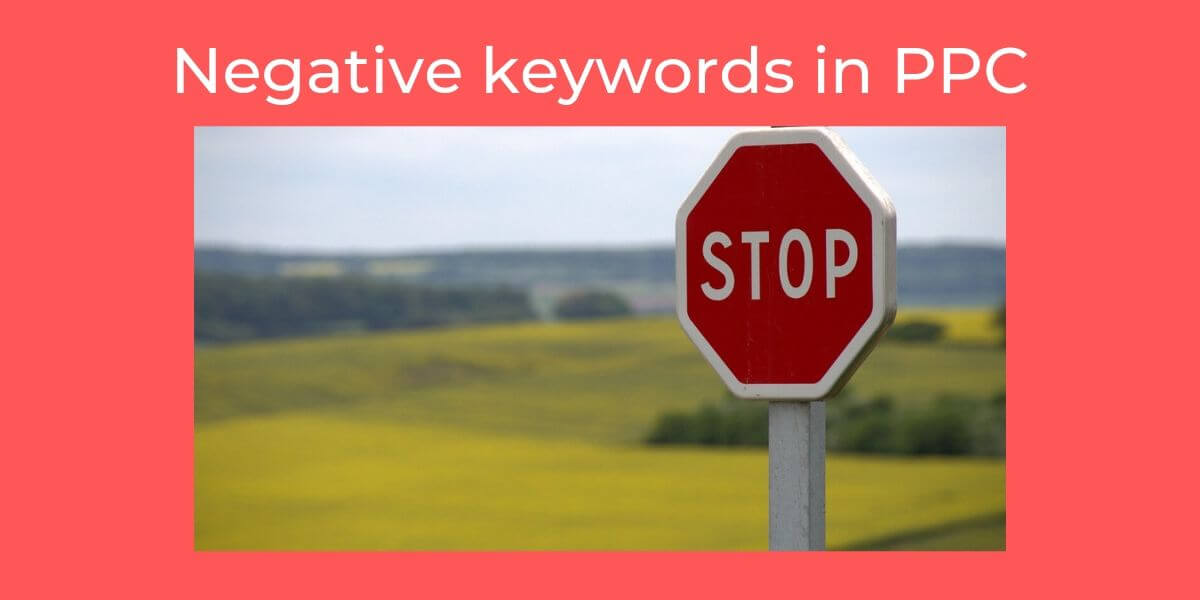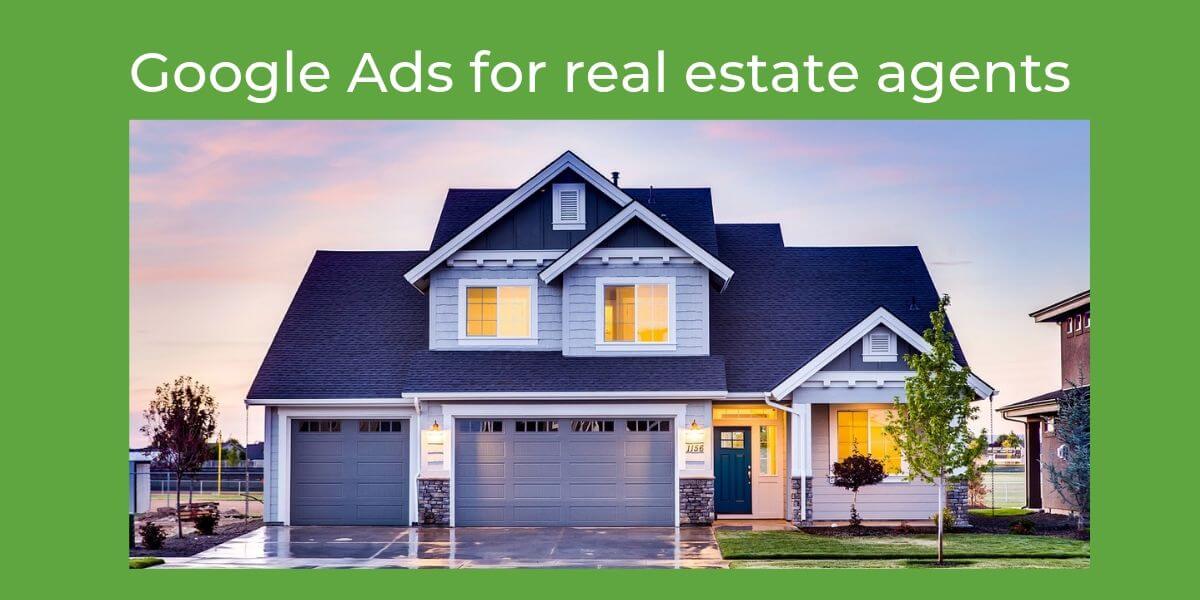We all know that Google and Facebook dominate the paid advertising industry.
Advertisers that have maxed out their target audience reach on these platforms need to look elsewhere for incremental gains.
Alternative PPC platforms:
Quora
Quora is a unique, high-intent advertising platform, ideally suited to reach customers as they evaluate and research a product or service.
The content on Quora is organized in the form of questions and answers. A question is tagged with one or more topics (e.g. small business or startups).
With Quora Ads, you have the ability to target the content on Quora (contextual targeting) or target certain people based on behaviors (people-based or behavioral targeting).”
In terms of reach, Quora currently has a worldwide audience of more than 300 million monthly unique visitors.
If your company is B2B, LinkedIn is the first ads platform you should test. LinkedIn offers business targeting options from targeting specific job titles to doing ABM (Account Based Marketing) focused on specific businesses.
Now owned by Microsoft, LinkedIn is a wealth of information and audiences for advertisers to target for the professional set.
More than 500 million professionals are on LinkedIn and they can all be targeted by professional criteria, such as job title, seniority, company, and many more.

Pinterest has 200 million active monthly users who are researching trends, ideas, and products and many of them are in the mood to purchase.
The users skew majority of women at 70 percent, with 40 percent earning $100,000 household income.
A robust Pinterest presence will improve results as shares and saves on Pinterest stick around and done cost the advertiser.
Ask Sponsored Listings
This search engine isn’t anywhere near the size of Google or Bing, however, its focus on specific verticals makes it an opportune network for certain advertisers.
Its search network claims a reach of more than 73 million unique users while its content networks boasts over 34 million unique users. Advertisers bid on ad placements using a CPC model.
BuySellAds
BuySellAds is by far one of the largest networks you can use to effectively disseminate your banner ads around the web. According to the BuySellAds team, they have a huge client roster, with over 4,500 advertisers using their native, display, email, and sponsored content placements.
It’s a convenient marketplace with transparent processes, which provides a good choice of high-quality sites, especially in internet and tech niches.
Short conclusion
As you can see, there are many alternatives to Google Ads and Facebook Ads that diversify your marketing mix. By integrating more channels into to your daily advertising strategy, you will incorporate a larger audience, build a funnel, gain more sales over time, and have touch points across all network types on the web.


















